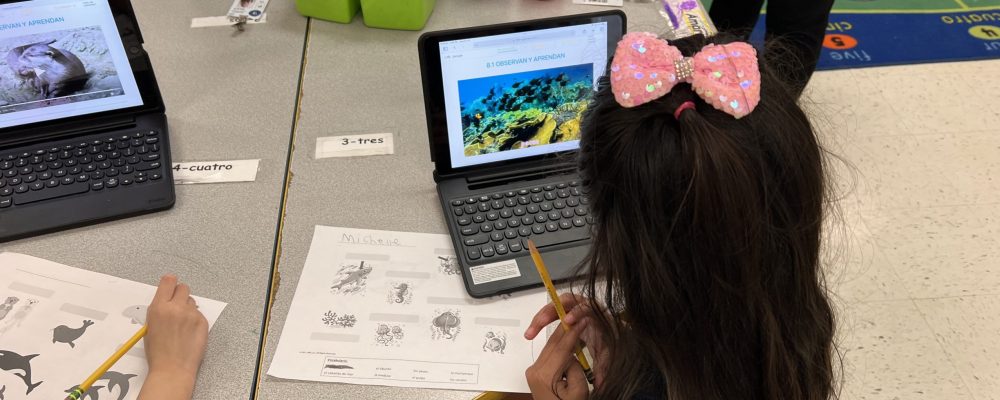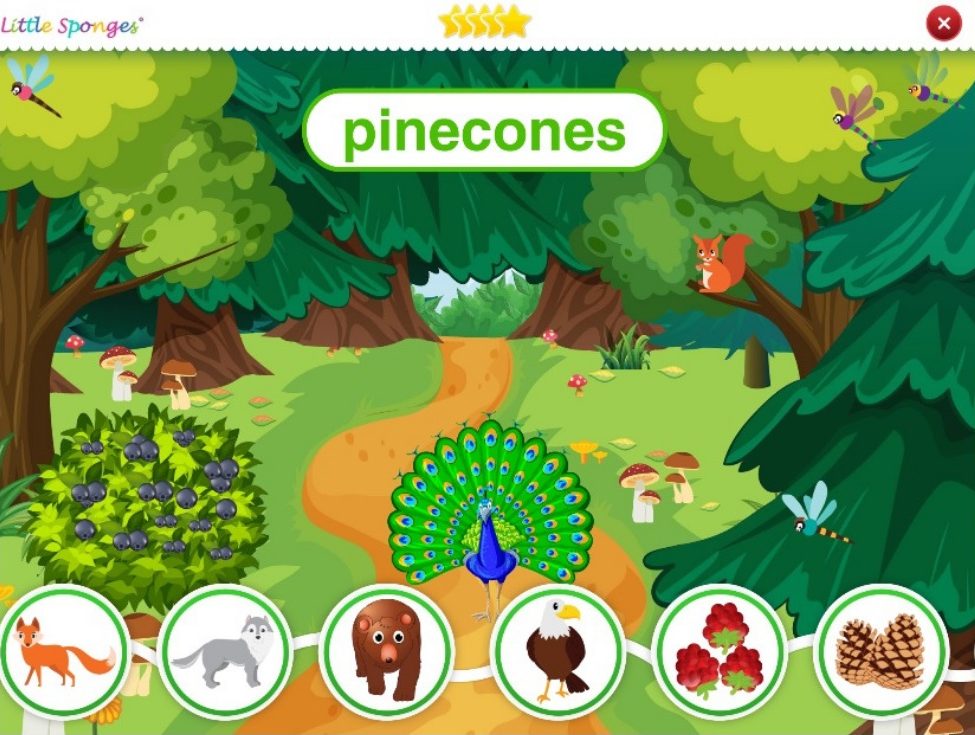
In today’s increasingly multicultural society, classrooms are becoming more diverse, with emergent bilingual students representing a significant portion of the student population. These students, who are learning English as a second language while simultaneously developing their native language skills, face unique challenges in their language acquisition journey. One critical aspect of language development is comprehension, as it serves as the foundation for all other language skills. In this blog post, we will explore effective strategies and techniques to support emergent bilingual students in elementary schools in developing their language comprehension abilities.
Understanding the Challenges: Emergent bilingual students, face unique challenges in the classroom. Adjusting to a new language while simultaneously acquiring academic content can be daunting and overwhelming. Many of these students possess strong language skills in their native language but struggle to transfer their knowledge to the target language.
Strategies to Support Emergent Bilingual Students:
1) Cultivate a Supportive Learning Environment:
Creating a safe and inclusive environment is paramount when working with emergent bilingual students. These students may feel self-conscious about their language abilities, so fostering a positive classroom atmosphere will help them feel more comfortable taking risks and actively participating in language activities. Encourage peer collaboration and create opportunities for students to share their diverse language backgrounds, enabling them to see their language skills as assets rather than deficits.
2) Scaffold Language Input:
When providing language input, teachers can scaffold their instruction to accommodate the varying proficiency levels of emergent bilingual students. This involves modifying their language, slowing down their speech, using visual aids, and incorporating gestures to help convey meaning. Providing clear and concise instructions, breaking down complex concepts into smaller, manageable parts, and offering repeated exposure to vocabulary and language structures are effective strategies for facilitating comprehension.
3) Utilize Multimodal Learning Approaches:
Emergent bilingual students often benefit from multiple modes of learning. Incorporating visual aids, real-life objects, manipulatives, and technology-based resources can enhance comprehension. Videos, images, and graphic organizers provide visual support and contextual cues that aid understanding. Hands-on activities, such as role-playing or interactive games, engage students and promote active participation while reinforcing comprehension skills.
4) Build Vocabulary:
Developing a robust vocabulary is crucial for emergent bilingual students. Introduce new vocabulary using contextual clues, real-life examples, and visual representations. Teach high-frequency words and frequently used phrases to help students grasp essential communication skills. Encourage students to create personal word banks or vocabulary journals to reinforce new words and review them regularly. Additionally, incorporating vocabulary-building activities such as word walls, word sorts, and word games can make learning engaging and interactive.
5) Offer Authentic Language Experiences:
Exposing emergent bilingual students to authentic language experiences beyond the classroom is highly beneficial. Encourage students to engage with literature, both in their native language and in English, to develop their comprehension skills. Provide opportunities for students to listen to and discuss stories, articles, and podcasts. Field trips, community events, and interactions with native English speakers allow students to witness language in action, building their understanding of language in real-world contexts.
6) Differentiate Instruction:
Recognize that emergent bilingual students come from diverse language backgrounds and have unique learning needs. Differentiate instruction to accommodate various language levels and cultural experiences. Implement small group instruction, one-on-one conferences, or peer tutoring sessions to target specific language comprehension goals. Offer a range of reading materials and resources at different proficiency levels to ensure all students can access content that matches their abilities.
How Little Sponges Supports Emergent Bilinguals:

- Authentic teaching materials are engaging and easy to use:
One of the fundamental aspects of Little Sponges is its focus on creating authentic teaching materials that captivate the attention of emergent bilingual students. The platform offers a wide array of interactive and visually appealing resources, such as real life videos, puppets, and games, carefully designed to resonate with young learners.
- Multilingual learning tools accelerate learning by enabling bridging and knowledge transfer from L1 to L2:
Little Sponges recognizes the importance of students’ native language as a valuable resource for language acquisition. The platform employs multilingual learning tools to bridge students’ first language (L1) and their target language (L2). By leveraging the existing knowledge and language skills of emergent bilinguals, Little Sponges encourages a seamless transfer of linguistic concepts, allowing students to grasp new ideas faster and build a solid foundation in their second language.
- Cross-curricular content:
Language learning is not confined to a single subject; it permeates all aspects of a student’s academic journey. Little Sponges understands this and incorporates cross-curricular content into its curriculum. By integrating language learning with other subjects like sciences, math, literacy, and social studies, the platform reinforces language comprehension through practical applications. This interdisciplinary approach helps emergent bilingual students contextualize language in real-world scenarios, strengthening their grasp of both content and language simultaneously.
- Real-Time Data:
To cater to the individual needs of emergent bilinguals, Little Sponges utilizes real-time data collection through both summative and formative assessments. These assessments evaluate a student’s progress and identify areas where they may need additional support. Educators can access this data to tailor personalized learning paths, ensuring that each student receives the necessary assistance to enhance their language comprehension and overall academic performance.
- Parent engagement:
Recognizing that parental involvement is crucial to a child’s educational success, Little Sponges actively engages parents in their child’s language learning journey. Even if parents are not proficient in the target language, the platform provides resources and support. As a result, emergent bilingual students receive consistent reinforcement and extended instructional time, accelerating their language development.
- Scaffolding Instruction:
Learning a new language can be overwhelming, but Little Sponges addresses this challenge by providing scaffolding instruction. The platform offers a carefully designed sequence of lessons and activities that start with simpler concepts and gradually increase in complexity. This scaffolding approach ensures that students build a solid foundation and progressively expand their language skills. It prevents students from feeling discouraged and instead instills a sense of achievement and confidence as they master one level of language proficiency before moving on to the next.
Little Sponges® Case Study at Western Heights Public Schools:
The implementation of Little Sponges® at Western Heights Public Schools marked a turning point for emergent bilingual students. Before this program, the district had struggled to see any students on track to exit the ELL program within the designated timeframe. However, with Little Sponges® in place, a remarkable 90% of students in all four elementary schools showed significant progress and were on track to exit the ELL status during the academic year 2022-2023. This achievement highlights the effectiveness of the program in nurturing language comprehension skills among these young learners.
Conclusion: Language comprehension plays a pivotal role in the academic success and personal growth of emergent bilingual students. By adopting innovative and inclusive programs like Little Sponges®, educational institutions can create a supportive environment that empowers these young learners to excel. The success of Western Heights Public Schools serves as a testament to the transformative impact of targeted language development initiatives and the enduring potential of every little sponge eager to absorb knowledge and thrive in the world.
To download the whole Case Study for Western Heights Public Schools, click here.

